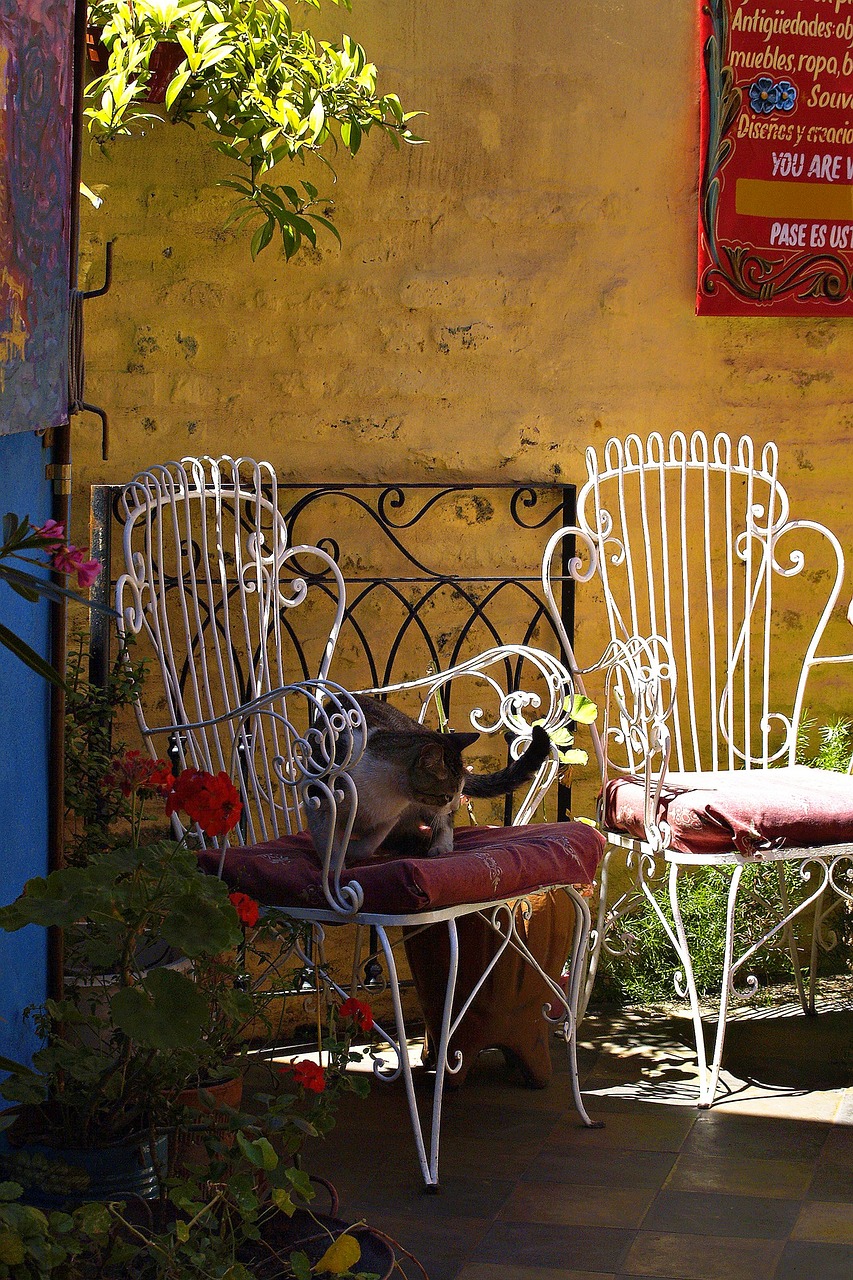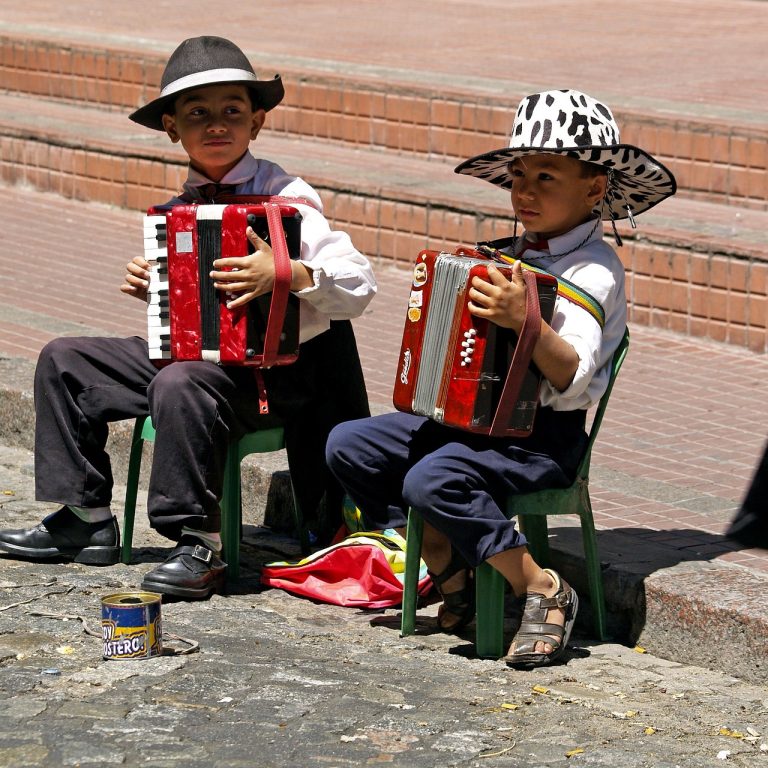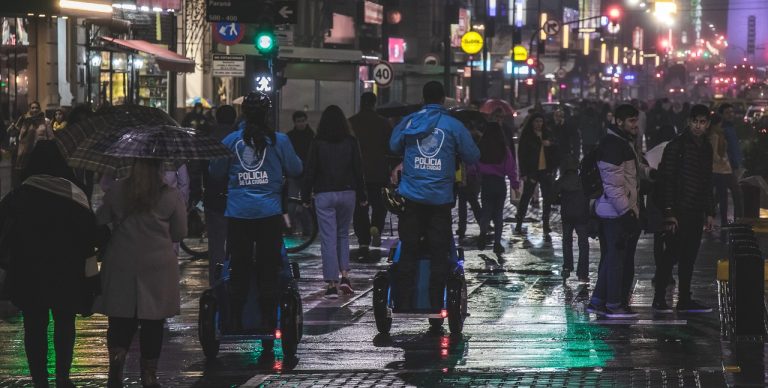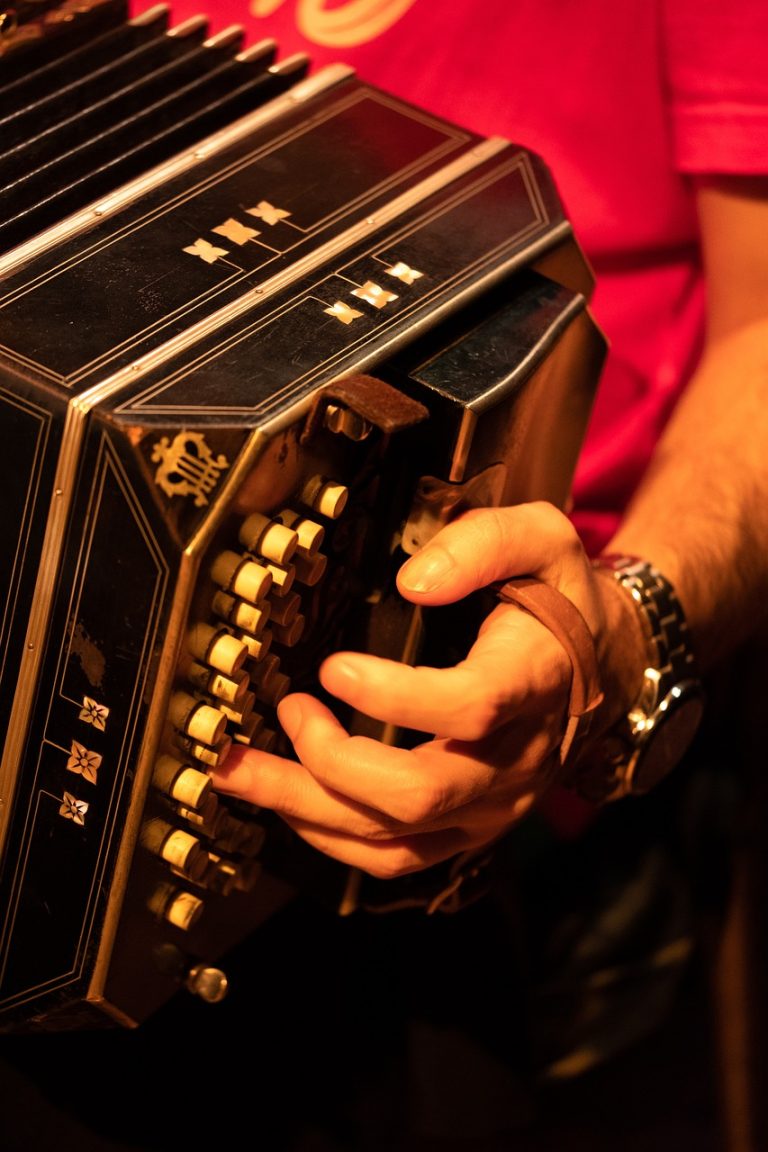Buenos Aires Argentina Video
Recoleta Cemetery
The Recoleta Cemetery is one of the most famous cemeteries in Buenos Aires, Argentina. It is known for its elaborate mausoleums and beautiful architecture. Many notable Argentinians are buried here, including Eva Perón, the former First Lady of Argentina. The cemetery is a popular tourist attraction, with visitors coming to explore the maze-like paths and admire the ornate tombs. Some of the mausoleums are like miniature buildings, complete with statues, stained glass windows, and intricate carvings. Walking through the cemetery feels like stepping back in time, with each tomb telling a unique story.
- Eva Perón’s Tomb: The most visited tomb in Recoleta Cemetery is that of Eva Perón, also known as Evita. Her mausoleum is a grand structure with a black marble entrance. Visitors often leave flowers and tributes to pay their respects to this iconic figure in Argentinian history.
- El Torreón: El Torreón is a stunning tower-like mausoleum with a beautiful dome. It is one of the most photographed tombs in the cemetery. The architecture is reminiscent of a medieval castle, making it a standout among the other mausoleums.
- La Familia Duarte: This mausoleum is dedicated to Eva Perón’s family. It is a large structure with multiple levels and features a statue of Eva Perón on the top. The mausoleum is beautifully adorned with intricate details and serves as a tribute to the influential Duarte family.

Plaza de Mayo
Plaza de Mayo is the main square in Buenos Aires and holds great historical and political significance. It has been the site of many important events throughout Argentina’s history. The square is surrounded by important buildings, including the Casa Rosada, the presidential palace. It is a gathering place for protests, demonstrations, and celebrations. The square is named after the May Revolution, which marked the beginning of Argentina’s struggle for independence.
- Casa Rosada: The Casa Rosada, or Pink House, is the presidential palace of Argentina. It is located on the eastern side of Plaza de Mayo and is known for its distinctive pink color. Visitors can take guided tours of the palace and learn about Argentina’s political history.
- Pirámide de Mayo: The Pirámide de Mayo is a monument located in the center of Plaza de Mayo. It was built to commemorate the May Revolution and is a symbol of Argentina’s independence. The pyramid-shaped monument stands tall in the middle of the square.
- Catedral Metropolitana: The Catedral Metropolitana is the main Catholic church in Buenos Aires. It is located on the northern side of Plaza de Mayo and is known for its stunning architecture. Inside, visitors can admire beautiful stained glass windows and intricate altars.
La Boca
La Boca is a vibrant neighborhood in Buenos Aires known for its colorful houses, tango, and lively atmosphere. It is a popular tourist destination, attracting visitors with its unique charm and cultural heritage. The neighborhood was originally settled by Italian immigrants, and their influence can still be seen today.
- Caminito Street: Caminito is a famous street in La Boca known for its colorful buildings and outdoor tango performances. It is lined with shops selling traditional Argentinian crafts and artwork. Visitors can enjoy the lively atmosphere and watch tango dancers performing on the street.
- Boca Juniors Stadium: La Bombonera, home to the Boca Juniors football team, is one of the most iconic stadiums in Argentina. Football is a major part of Argentine culture, and attending a Boca Juniors match is a thrilling experience. The stadium offers guided tours for visitors to learn about the team’s history and see the trophy room.
- Museo Quinquela Martín: This museum is dedicated to the works of Benito Quinquela Martín, an influential Argentine artist known for his vibrant paintings of La Boca. The museum showcases his artwork, as well as exhibits on the history and culture of the neighborhood.

Palermo
Palermo is a trendy neighborhood in Buenos Aires known for its vibrant nightlife, green spaces, and eclectic mix of shops and restaurants. It is divided into several sub-neighborhoods, each with its own unique character.
- Palermo Soho: Palermo Soho is a hip and trendy area known for its boutique shops, art galleries, and vibrant nightlife. It is a popular destination for fashion enthusiasts, with many local designers showcasing their creations in the area’s trendy boutiques.
- Bosques de Palermo: Bosques de Palermo, also known as Palermo Woods, is a large park in the neighborhood. It offers a peaceful escape from the bustling city, with beautiful gardens, lakes, and walking paths. Visitors can rent bicycles or paddleboats to explore the park.
- Plaza Serrano: Plaza Serrano is a lively square in Palermo Soho surrounded by bars, restaurants, and shops. It is a popular meeting spot for locals and tourists alike, especially in the evenings when the area comes alive with music and laughter.
Teatro Colón
Teatro Colón is one of the most renowned opera houses in the world and a must-visit attraction in Buenos Aires. It is known for its stunning architecture and excellent acoustics, making it a favorite venue for opera, ballet, and classical music performances.
- Guided Tours: Visitors can take guided tours of Teatro Colón to explore the grand auditorium, backstage areas, and the museum. The tours provide insight into the theater’s history and offer a behind-the-scenes look at the production of performances.
- Opera and Ballet Performances: Teatro Colón hosts a regular schedule of opera and ballet performances featuring world-class artists. Attending a performance at this iconic venue is a memorable experience for any music lover.
- Museum: The theater’s museum houses a collection of costumes, set designs, and historical artifacts related to the theater’s rich history. Visitors can learn about the evolution of the theater and its significance in the cultural landscape of Buenos Aires.

San Telmo
San Telmo is a historic neighborhood in Buenos Aires known for its cobblestone streets, colonial architecture, and vibrant street markets. It is a bohemian and artistic area, attracting both locals and tourists with its unique charm.
- Feria de San Telmo: The Feria de San Telmo is a famous Sunday market where visitors can find a wide variety of antiques, crafts, and vintage items. The market stretches along Defensa Street and is a treasure trove for those seeking unique souvenirs.
- Iglesia de San Pedro Telmo: The Iglesia de San Pedro Telmo is a beautiful church located in the heart of San Telmo. Its stunning architecture and ornate interior make it a popular spot for visitors. The church dates back to the 18th century and is a testament to the neighborhood’s rich history.
- Museo de Arte Moderno de Buenos Aires: This modern art museum showcases contemporary Argentine and international art. It is housed in a converted tobacco warehouse and features rotating exhibitions, as well as a permanent collection of modern and contemporary artworks.
Puerto Madero
Puerto Madero is a waterfront neighborhood in Buenos Aires known for its modern architecture, upscale restaurants, and scenic views. It was once a bustling port area and has been transformed into a trendy district with a mix of residential, commercial, and recreational spaces.
- Puente de la Mujer: Puente de la Mujer, or Women’s Bridge, is a striking footbridge that spans the docks of Puerto Madero. It was designed by renowned architect Santiago Calatrava and is a popular spot for photography and enjoying the views of the waterfront.
- Reserva Ecológica Costanera Sur: The Reserva Ecológica Costanera Sur is a nature reserve located on the eastern edge of Puerto Madero. It offers a peaceful retreat from the city, with walking trails, wetlands, and diverse bird species. Visitors can explore the reserve and enjoy the tranquility of nature.
- Museo Fortabat: The Museo Fortabat is an art museum located in Puerto Madero. It houses the private collection of Amalia Lacroze de Fortabat, one of Argentina’s wealthiest women. The museum features a wide range of artworks, including pieces by renowned Argentine and international artists.
Obelisco
The Obelisco is an iconic monument and landmark in Buenos Aires. It stands in the middle of the bustling Avenida 9 de Julio, one of the widest avenues in the world. The Obelisco was built to commemorate the 400th anniversary of the city’s founding and has since become a symbol of Buenos Aires.
- City Views: Visitors can climb to the top of the Obelisco for panoramic views of Buenos Aires. The observation deck offers a unique perspective of the city, allowing visitors to see its sprawling skyline and bustling streets.
- Historical Significance: The Obelisco represents an important moment in Buenos Aires’ history and serves as a reminder of the city’s heritage. It is often used as a meeting point for demonstrations and celebrations, making it a central gathering place for locals.
- Lighting Shows: The Obelisco is illuminated at night, creating a stunning visual display. It is often lit up in different colors to celebrate special occasions or events. The lighting shows add to the monument’s allure and make it even more captivating.
Malba
The Museo de Arte Latinoamericano de Buenos Aires, or Malba, is a contemporary art museum dedicated to Latin American art. It houses a vast collection of artworks from the early 20th century to the present day, showcasing the region’s rich artistic heritage.
- Permanent Collection: Malba’s permanent collection features works by renowned Latin American artists, including Frida Kahlo, Diego Rivera, and Tarsila do Amaral. The museum’s collection spans various artistic movements and mediums, providing a comprehensive overview of Latin American art.
- Temporary Exhibitions: In addition to its permanent collection, Malba hosts temporary exhibitions that highlight specific artists, themes, or periods in Latin American art. These exhibitions offer visitors the opportunity to explore different aspects of the region’s artistic expression.
- Educational Programs: Malba offers educational programs and workshops for visitors of all ages. These programs aim to promote a deeper understanding and appreciation of Latin American art through interactive activities and guided tours.
Tigre Delta
The Tigre Delta is a unique natural landscape located just outside of Buenos Aires. It is formed by the Paraná Delta and is known for its intricate network of waterways, islands, and lush vegetation. The delta offers a peaceful escape from the city, with opportunities for boating, kayaking, and exploring.
- Boat Tours: Boat tours are a popular way to explore the Tigre Delta. Visitors can take guided tours or rent their own boats to navigate the waterways and discover the hidden corners of the delta. The tours often include visits to islands, historical sites, and local communities.
- Paseo Victorica: Paseo Victorica is a scenic promenade that runs along the riverbanks of Tigre. It offers beautiful views of the delta and is lined with charming cafes, restaurants, and art galleries. Visitors can enjoy a leisurely stroll along the promenade and soak in the tranquil atmosphere.
- Museo de Arte de Tigre: The Museo de Arte de Tigre is located in a former social club and showcases a collection of Argentine art from the 19th and 20th centuries. The museum’s collection includes paintings, sculptures, and decorative arts, providing insight into the country’s artistic heritage.







